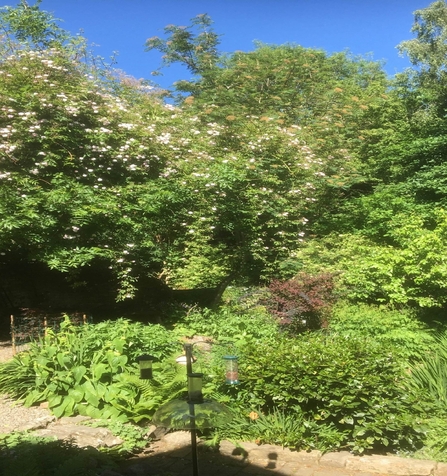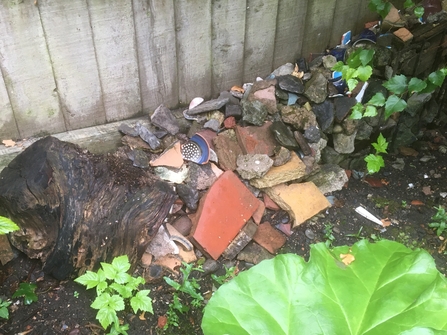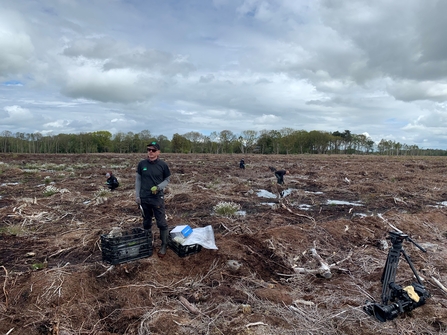We can all play a part in tackling climate change. Another ten years of incremental changes will not tackle the inter-related climate and biodiversity crises. “No one is too small to make a difference.”
Each month over the next year try one of these twelve ideas for actions
1. Using less oil, gas and coal is the most vital action we can all take. These fossil fuels were formed over millions of years from dead plants and animals, they are not renewable and burning them generates CO2. Green energy sources - the wind, the sun and the tides - generate no CO2 emissions once operational and are renewable.
2. Simple carbon calculators are online to work out your own carbon footprint. Aim to reduce or eliminate your main sources of CO2.
3. Insulating the house starting with the roof spaces and attics will save money each year on heating costs and reduce CO2 emissions. There’s lots of advice available online, including on our website here.




